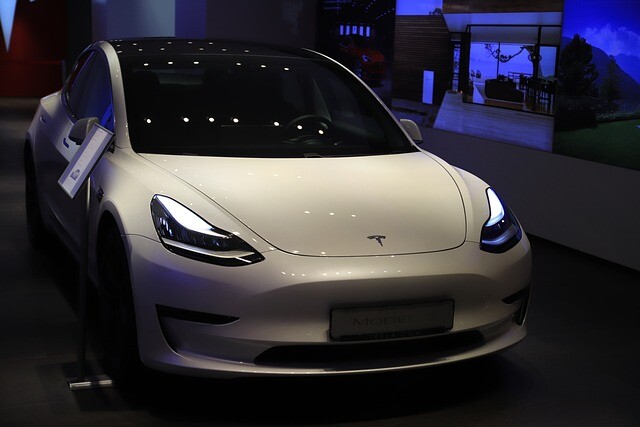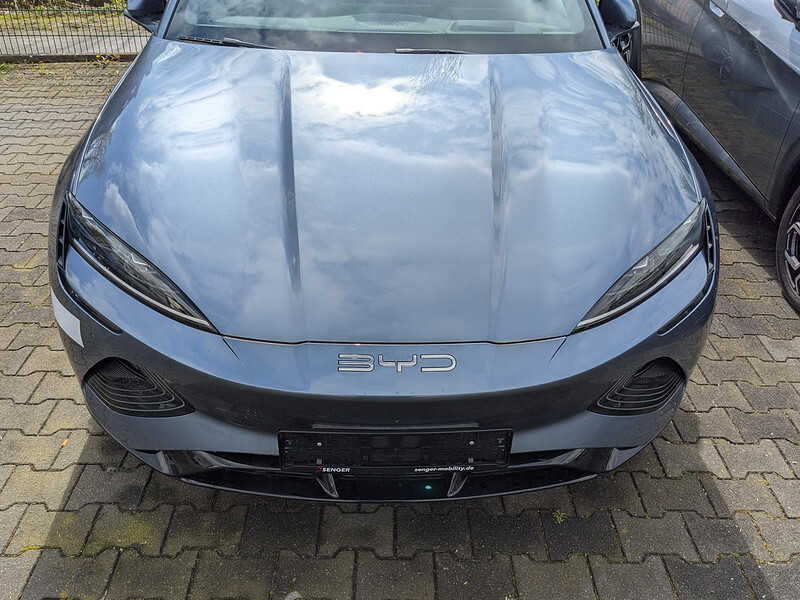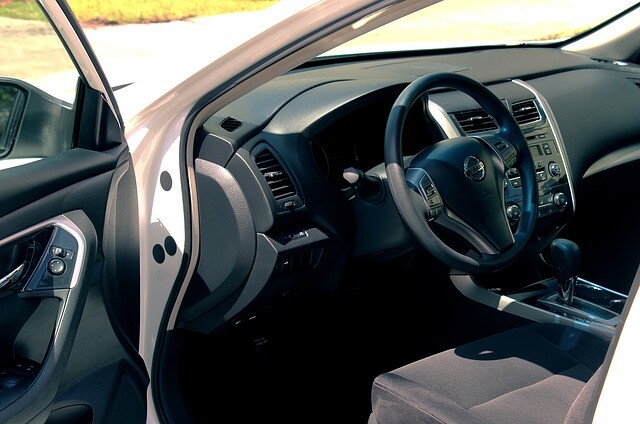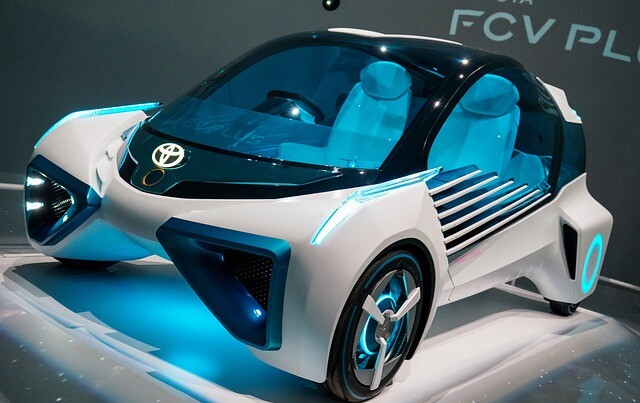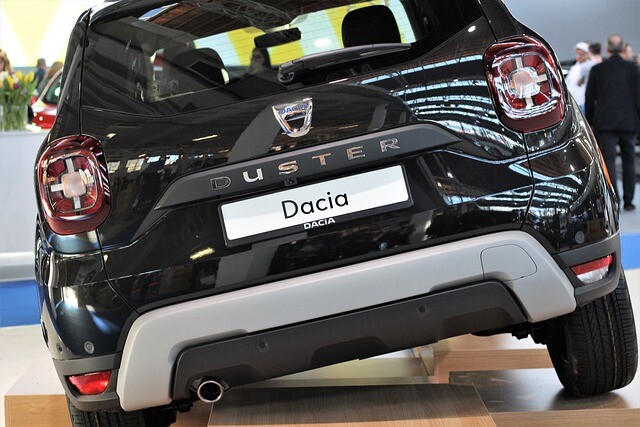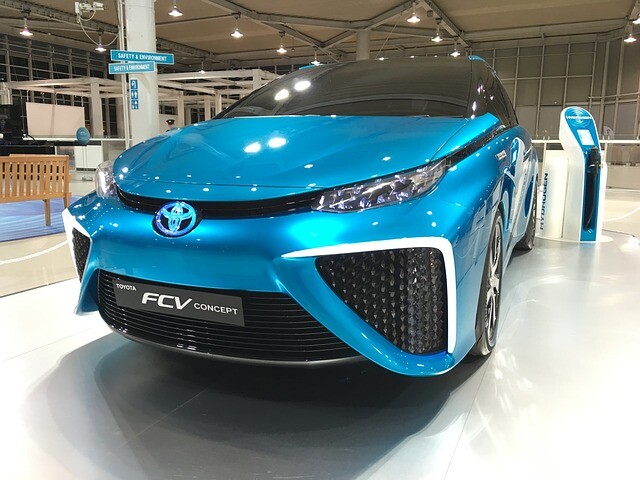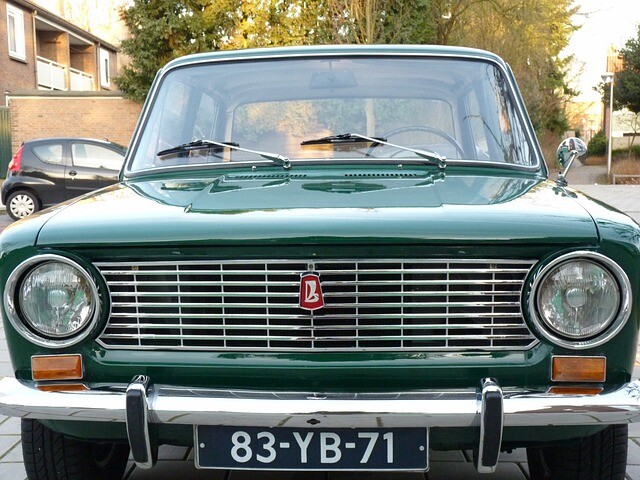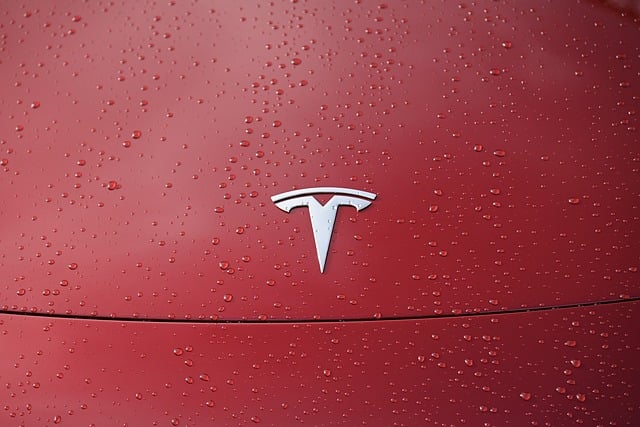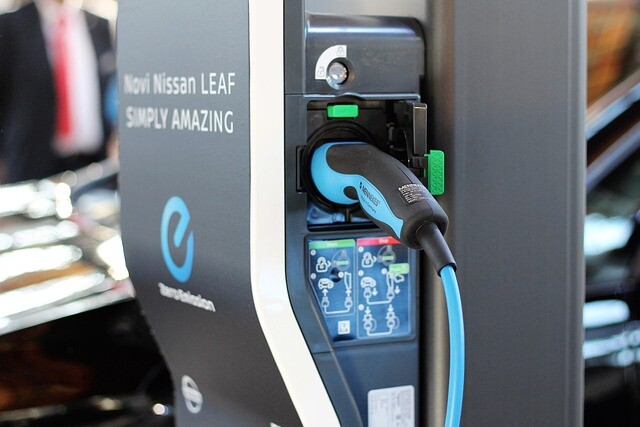The heat pump, on the other hand, does not take the energy needed for heating from the battery, but from the environment. An electric car also generates waste heat, if not as much as a petrol or diesel engine. The electrical and electronic components become hot during use, and this amount of heat is used by the system to heat the passenger compartment.
This is how the heat pump works
Electric heating is expensive, but there is no other source of energy in an electric car, right? Not true: the Korean Hyundai-Kia group has now explained how the heat pump works.

With the advent of electric cars, we are all forced to make more conscious energy management decisions. This sounds very scientific, even though it’s just that while a gasoline or diesel car has free heating (since we heat the air from the waste heat of an internal combustion engine), electric cars have to somehow generate heat energy.
Of course, we should be happy about this, because it shows how much better the efficiency of electric cars is (the “free” heating of traditional motor cars actually means that we are constantly wasting fuel to produce heat, whether we need it or not). Still, we’re not happy because that’s the way we have to decide: we’re shivering in the winter, or accepting that the heater consumes extra fuel (i.e. electricity) and reduces the range. In vain, knowledge is a great curse…
The drive motor, the on-board charger, the inverter, the battery, the slow charger - all these components generate heat, with which the technology evaporates a coolant, which the compressor then presses into a condenser, where it is converted back into a coolant and in the right place. produces heat.
The technology, which has been used on board the Kia Soul since 2014, has now been further developed by the manufacturer: it combines the energy needed for heating from more components than before. The effectiveness of the technology has been tested and proven by an independent Norwegian organization: Hyundai Kona performed only 9% below the WLTP standard in the extreme cold, which is measured at a pleasant 23 ° C.
A similar result was obtained by research conducted by the Korean Ministry of Environment: here the difference between the range measured at an ambient temperature of +26 ° C and -7 ° C was 10%. For other models without a heat pump, this value has ranged from 18 to 43 percent - these frightening numbers may sound familiar to most early electricians.
(Source: vezess.hu / photo: pixabay.com)

